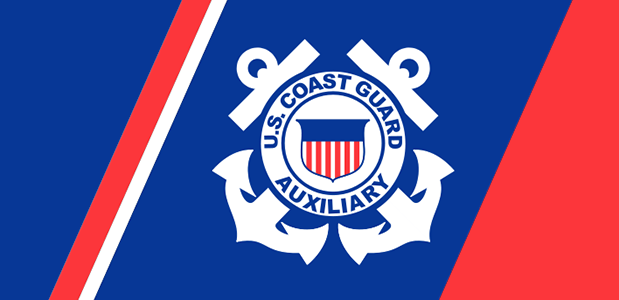By Brian Rader
It’s that time of the year again! How can I clean off the winter accumulation of slippery slime and algae that makes my deck or dock dangerous to walk on, and how to do it in a way that minimizes negative impacts on the environment?
By now we all know that we need to avoid introducing pollutants, including soaps and most other commercially available cleaning products, into our waterways. So, what are our options for keeping docks safe to walk on?
This is a universal problem for folks with floats, docks and decks located over or near marine waters or lakes in this part of the world.
To make sure that I give information that does not conflict with State rules, I sent an email to the Washington Department of Ecology. While Ecology’s experts would prefer to have nothing entering surface waters other than clean rainwater we also need to be able to keep our docks clean so they are safe to walk on.
First, there is a distinction we need to make. Is your wood float/dock/deck made of pressure treated wood or natural, untreated wood?
If your float/dock deck is made of unpainted/untreated, natural wood, you have some options. One option is to simply use a pressure washer and spray the slime off the docks. Some marinas in this area have a regular maintenance program using this approach. However, if not done carefully, the intense pressure from the sprayer nozzle can damage the wood.
Another option for people with natural wood docks is to scrub the surface with a brush and a commercially available, or homemade, oxygen bleach product. One example would be the product, ‘OxiClean’. It is made of sodium percarbonate, which can also be easily and safely made at home by combining hot water, baking soda and hydrogen peroxide as described on the following website:
https://www.ehow.com/how_5662180_make-own-oxygen-bleach.htm
After use, it should break down to oxygen, water and soda ash. If you choose to use a commercially available product, please check the labels to make sure nothing harmful has been added such as hypochlorite bleach, and always wear gloves! Oxygen bleach can be irritating to the skin. Also, use the smallest amount necessary to get the job done.
If your docks are made of pressure treated wood, your options are more limited. Oxidizing agents, even our humble sodium percarbonate, can react with some types of pressure treated wood to release chromium and arsenic into the environment. These chemicals are toxic to people and aquatic life at fairly low concentrations. This is exactly what we want to avoid putting into our lakes and harbors. So, if your docks are made of pressure treated wood, you need to get by with using only clean water & good ‘ole fashioned elbow grease.
So, the short answer to how to clean floats/docks/decks over or near surface water:
- Natural, unpainted wood:
- Pressure wash with water
- Scrub using a sodium percarbonate solution & use as little as possible to get the job done
- Pressure treated wood:
- Pressure wash with water only
- Scrub with water only
Brian Rader is the Pollution Prevention Specialist for San Juan County. He can be reached at 370-7581 or brianr@sanjuanco.com.
**If you are reading theOrcasonian for free, thank your fellow islanders. If you would like to support theOrcasonian CLICK HERE to set your modestly-priced, voluntary subscription. Otherwise, no worries; we’re happy to share with you.**








try speading sand on them and then scrubbing with a push broom.